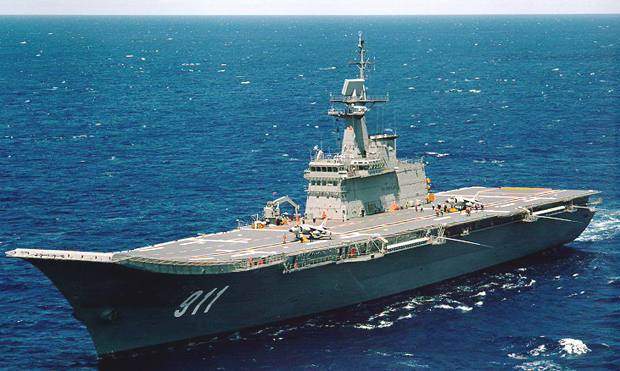Thailand’s Aircraft Carrier “HTMS Chakri Naruebet”: From Naval Pride to Public Punchline
The construction of the HTMS Chakri Naruebet spanned five years, culminating in 1997. With this achievement, Thailand became the only nation in Southeast Asia to operate an aircraft carrier, a singular asset that underscored the country's naval capabilities.
(DEFENCE SECURITY ASIA) —In the late 1980s, the Royal Thai Navy sought a potent emblem of its maritime prowess within Southeast Asia, leading to the decision to commission an aircraft carrier.
In 1997, Thailand was engulfed by the Asian Financial Crisis, a severe economic downturn that rippled through several countries in the region, including Thailand.
Amidst these financial tribulations, the HTMS Chakri Naruebet, originally envisioned as a beacon of national pride and naval superiority, found itself predominantly anchored at the Sattahip Naval Base rather than navigating international waters.
With a full-load displacement of over 11,400 tons and an overall length of 182 meters, the HTMS Chakri Naruebet holds the distinction of being the world’s smallest aircraft carrier.
Despite its capabilities, the Thai navy did not officially designate it as an aircraft carrier, even though it was initially equipped to house up to nine Harrier STOL (Short Take Off and Landing) aircraft.
Regionally, the HTMS Chakri Naruebet is recognized as a “helicopter carrier.” It boasts accommodations for 62 officers, 393 crew members, and 146 flight personnel, tasked with operating the nine AV-8S (Matador) Harrier fighter aircraft procured from the Spanish Air Force, in addition to six SH-70 helicopters utilized for transporting Thai marine troops.






Comments are closed.